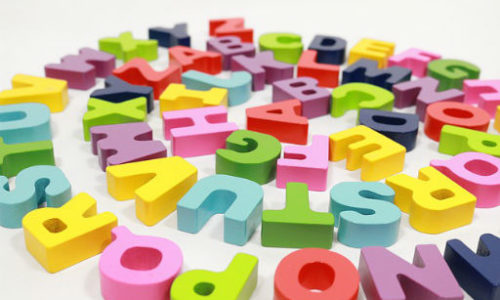
In times like these, it’s important that we all pull together for the greater good. With that in mind, Phonic Books are delighted to be offering free resources for parents, carers and teachers alike, who want to support children with learning at home during this worrying time and beyond. The latest tool in our […]
Read More


